The worst storms ever to have hit the UK
Wild weather has always caused death and destruction in Britain
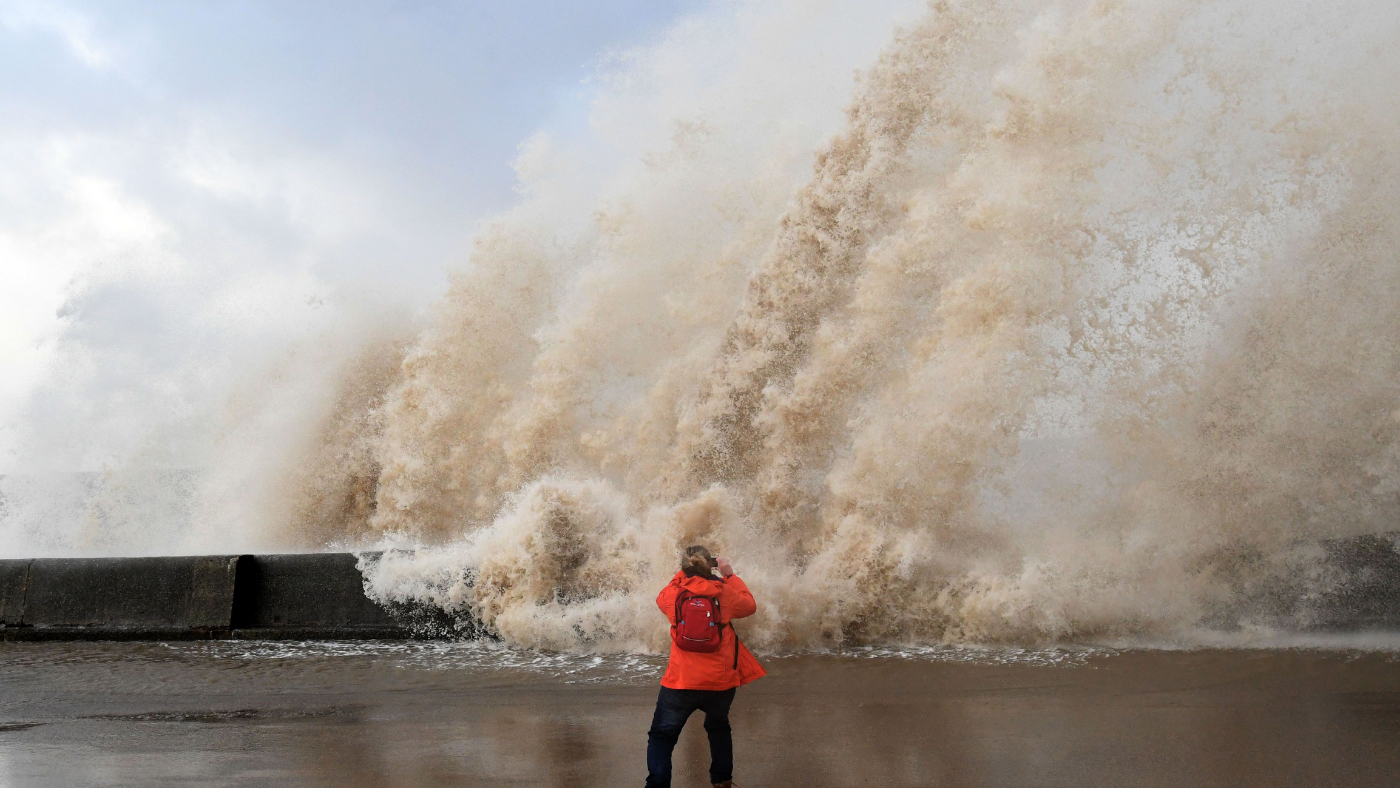
Downing Street has called a meeting of the emergency response committee after the public was warned that Storm Eunice could pose a “risk to life and limb”.
Ministers met in Whitehall this afternoon as winds over 90mph “batter Britain” causing widespread disruption to transport services, businesses and schools, and leaving hundreds of homes without power”, said The Independent.
Security minister Damian Hinds said the army is on “high readiness standby” to assist if necessary as people are urged to stay inside and to avoid unnecessary travel.
The Week
Escape your echo chamber. Get the facts behind the news, plus analysis from multiple perspectives.

Sign up for The Week's Free Newsletters
From our morning news briefing to a weekly Good News Newsletter, get the best of The Week delivered directly to your inbox.
From our morning news briefing to a weekly Good News Newsletter, get the best of The Week delivered directly to your inbox.
The Met Office has taken the unusual step of issuing two red warnings, one for the coastline of Devon, Cornwall, Somerset and the south coast of Wales, and the other for the east of England and London.
The weather service has warned that severe storms are likely to become more common in the future. Here are some of the worst to have hit the UK in recent history.
1. 1953
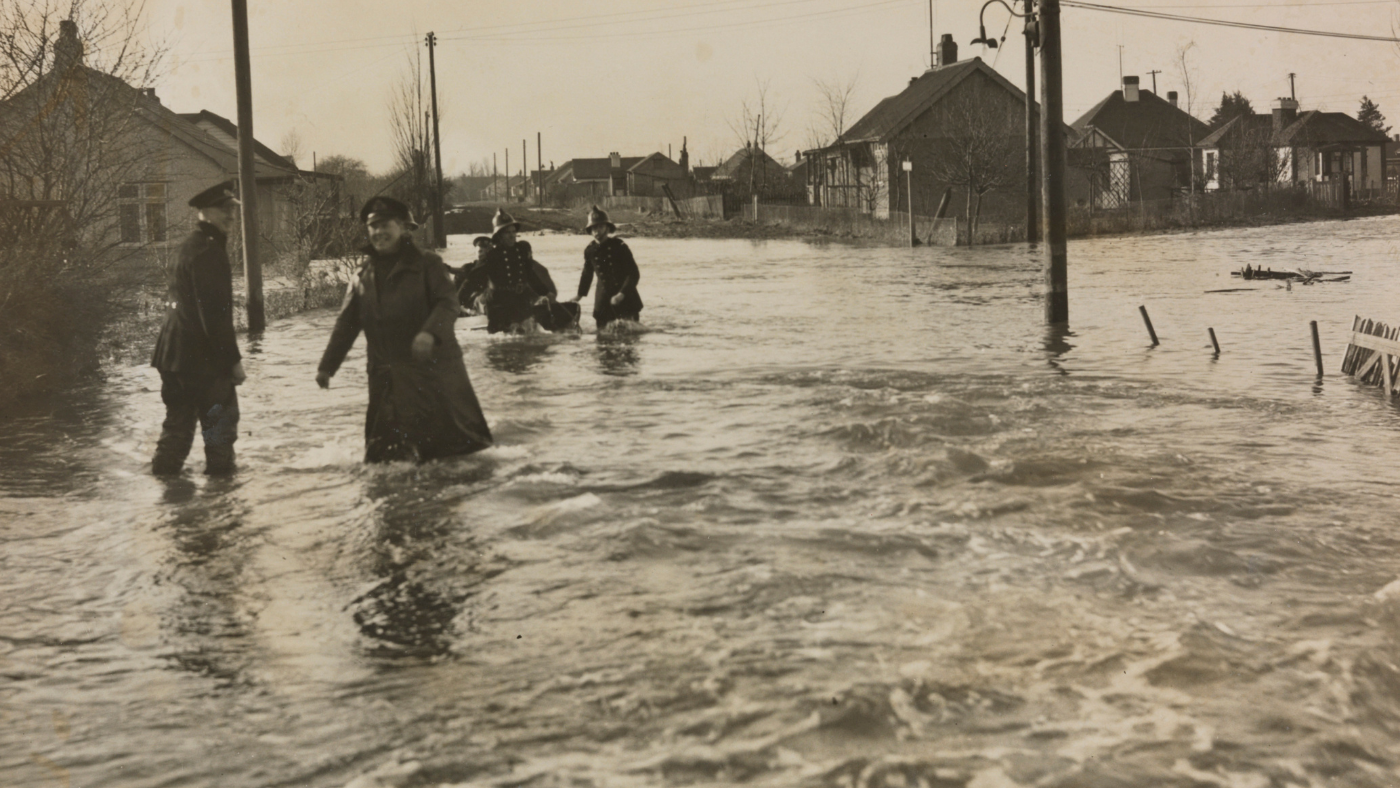
The 1953 storm was the “worst peacetime disaster on record”, said the BBC. It claimed the lives of 307 people in England, 19 in Scotland, and a further 2,225 in the Netherlands, Belgium and at sea.
The storm hit on the evening of 31 January 1953, which had otherwise seen people carry out “their daily businesses as usual”, said The History Press. Fishing boats went out, buses ran their routes, and “it was a typical Saturday for the people living on the coast”. This “was soon to change”, as the tide “surged over the sea walls taking many by surprise and leaving no time to warn others”.
A free daily email with the biggest news stories of the day – and the best features from TheWeek.com
Fierce winds of 126mph were recorded at Costa Hill in Scotland and a tidal surge saw the North Sea soar up to more than five metres above its average level. The storm “brought havoc” to more than 1,000 miles of coastline, said the BBC, and particularly the east coast of England.
More than 30,000 people were displaced by the flooding, and the events caused “a major rethinking of coastal defences, weather prediction and warning systems after it became obvious that the majority of deaths could have been avoided had these already been in place”.
2. 1987
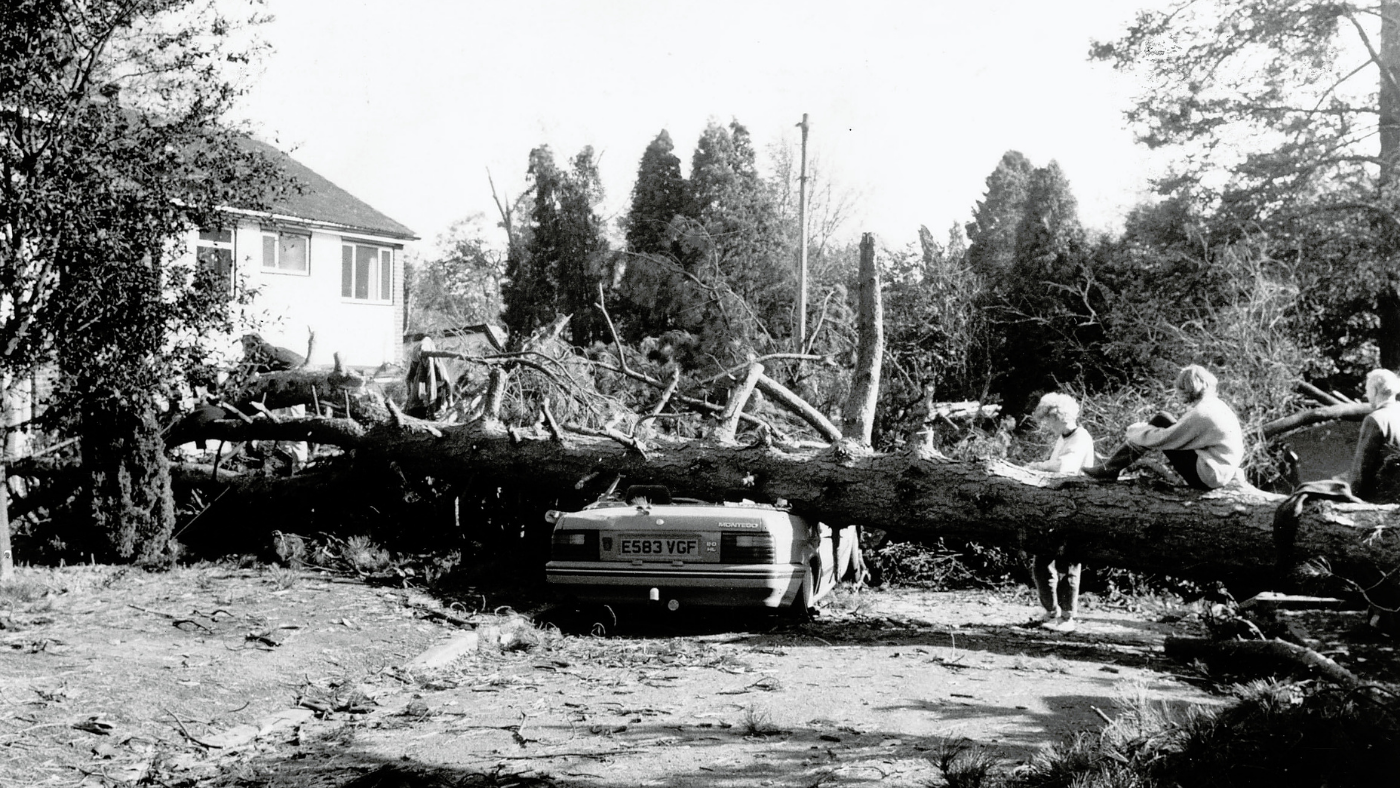
The 1987 storm has been referred to as a “once in 200 year event”, and is sometimes referred to as the “Michael Fish hurricane”, named after the BBC weather forecaster who assured viewers there wouldn’t be a hurricane that evening. Though the Met Office noted that he was scientifically correct, the winds were far greater than forecast and Fish’s name “became synonymous with wrong predictions”, said Sky News.
Severe weather was predicted several days before the storm hit in mid-October, but forecasts “started to give a less clear picture” as they got closer to the day itself. “By the time most people went to bed” on 15 October, “exceptionally strong winds hadn’t been mentioned in national radio and TV weather broadcasts”, the Met continued. But by the early hours of 16 October, the depression that had begun developing over the Bay of Biscay had made its way over the western Channel.
Winds of up to 100mph saw many parts of the UK “ravaged” on 16 October, said the Met Office. Trees as high as 15m were blown down and 18 people were killed, while thousands of people were left without power. Most destruction was felt in the south-east of England, and the patterns of damage suggested “whirlwinds accompanied the storm”.
“Numerous small boats were wrecked or blown away,” the weather agency continued.
3. 1990
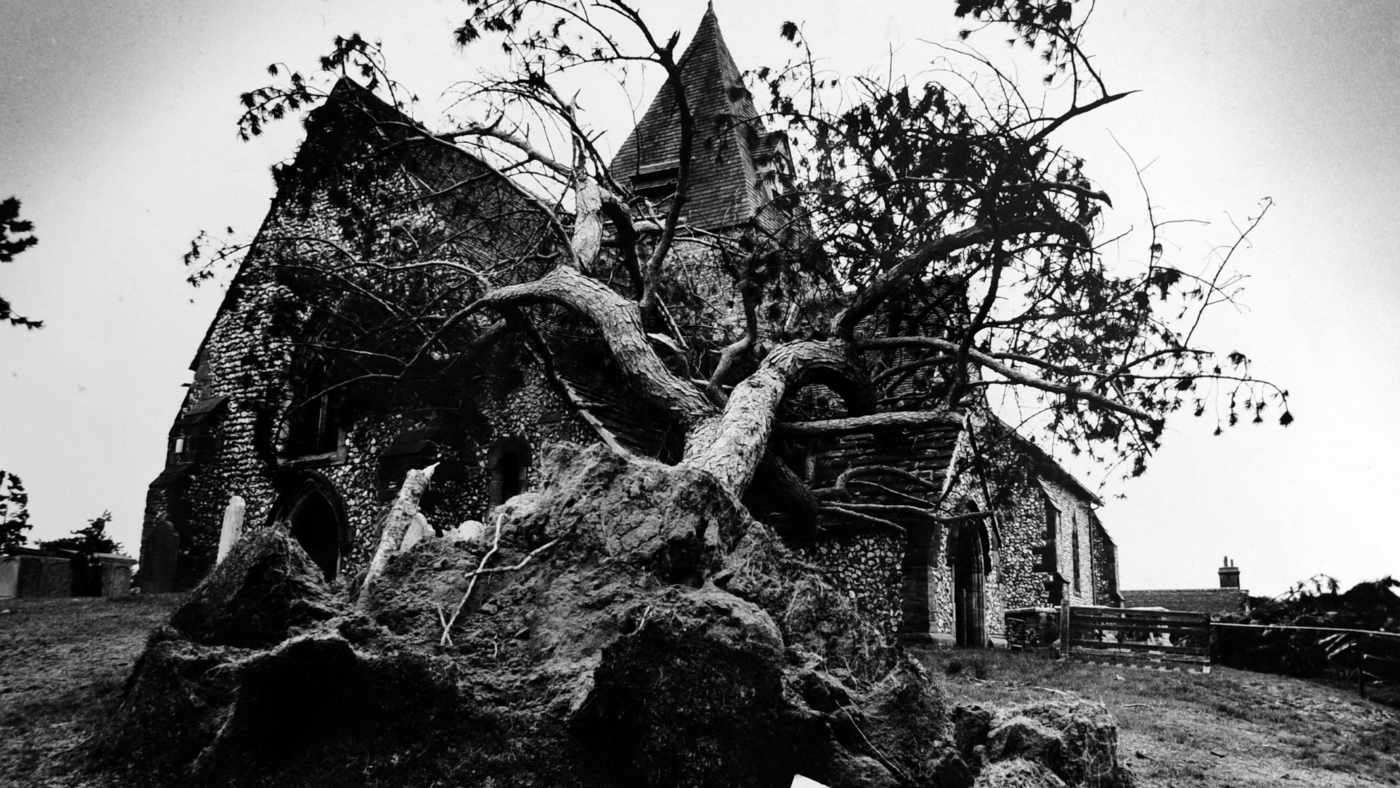
It’s estimated that £2bn worth of damage was caused by the Burns Day storm of 1990, making it “the costliest of the past 30 years”, said The Telegraph. “Hurricane-force winds” brought “chaos” to the UK, “with many railway stations, roads and ports forced to close”, the BBC reported.
The storm hit the south-west of England on the morning of 25 January 1990, and by 8am “police in the West Country, the Bristol area and Hampshire were inundated with calls”, said the broadcaster. Half a million homes were left without electricity, and 47 people died.
Storm Daria “was marginally less powerful than its better known predecessor of 1987”, but it resulted in the greatest loss of life since the 1953 North Sea floods, partly because the storm arrived during the day. The area impacted by the strong winds was also larger than that impacted in 1987.
4. 2013 – 2014
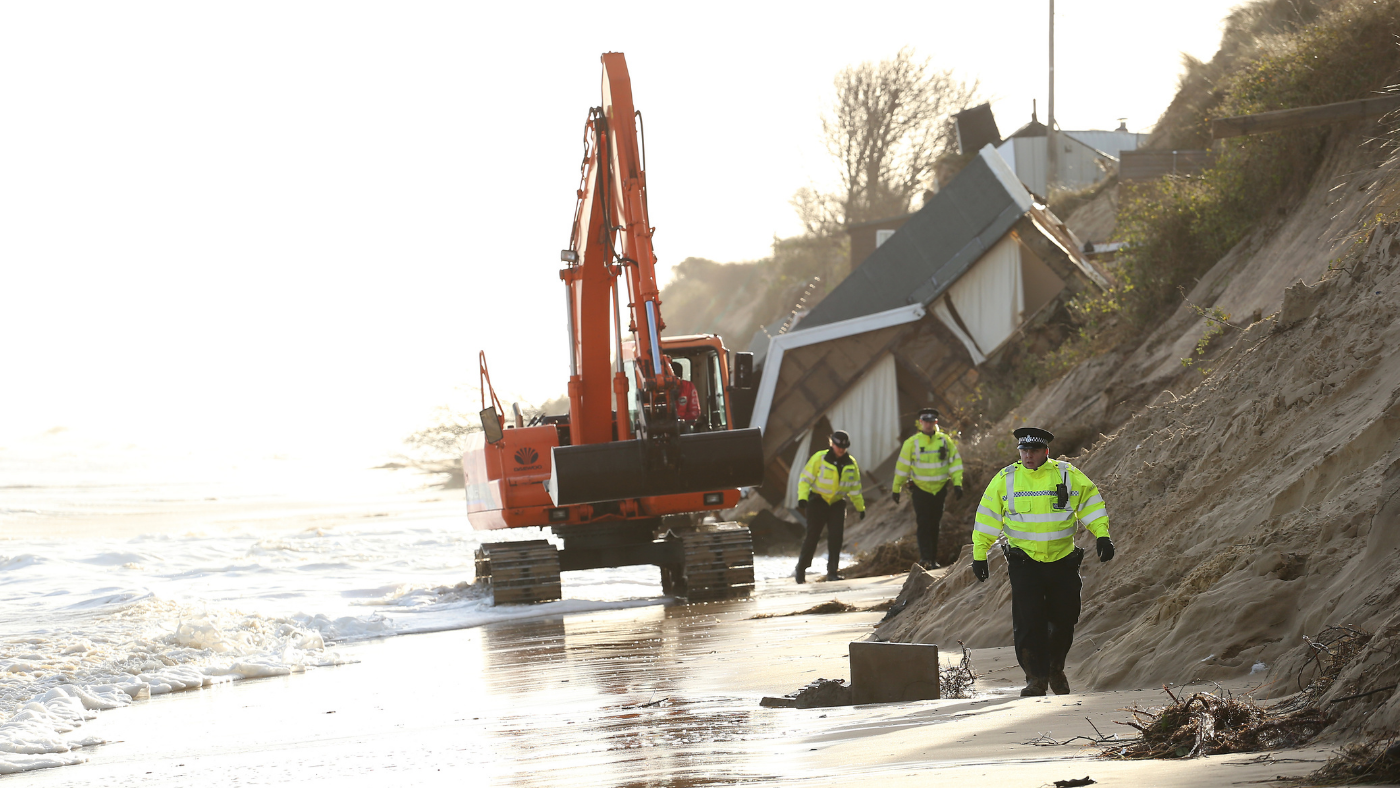
The UK experienced the “stormiest December since 1969” in 2013, said Countryfile. The UK was “battered by strong winds and lashed by heavy rain” as “a ferocious series of storms” swept in from the Atlantic between the end of October 2013 and February 2014, said the BBC.
The months of disruption and damage began with St Jude’s storm, which “caused chaos across parts of Europe” and claimed the lives of four people in Britain after hitting on 27 October. December was the sixth wettest December on record, said the BBC, while January brought further “havoc” with “high winds, rain and strong waves” battering the coastline.
But it was in December and January that the worst of the extreme weather was felt. Storms in recent years had been “comparable or more severe”, but it was “the rapid succession” of events that “made the spell exceptional”, said the Met Office.
5. 2020
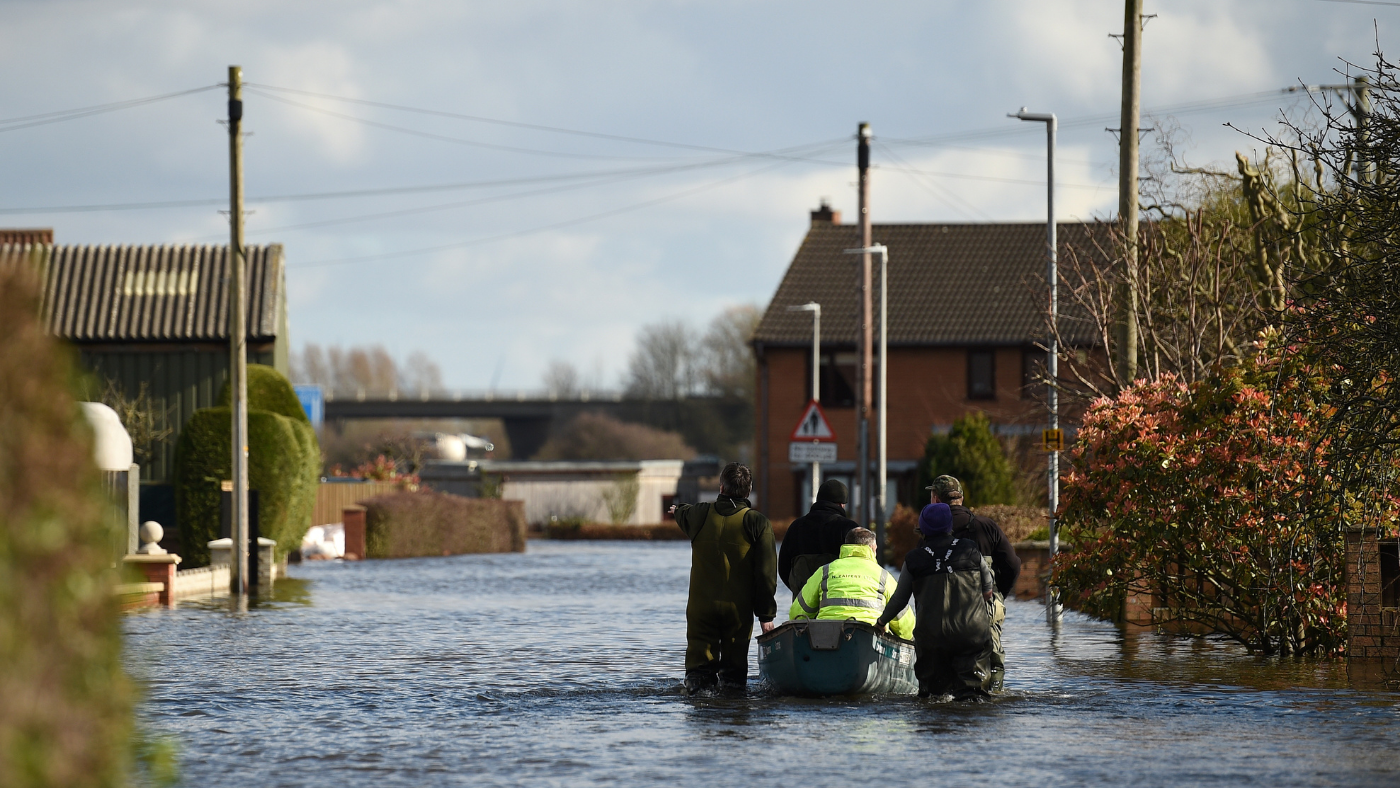
Storm Ciara brought “hurricane-force winds and flooding” to the UK, with “winds of more than 90mph knocking out power to homes” in some regions, said The Guardian.
“Communities in the north of England that have suffered the brunt of flooding in recent years were hit again” on 9 February 2020, with residents in the Calder Valley reporting “cars being swept away and water engulfing defences” that had been built up since previous flooding in 2015.
Ciara was soon followed by Storms Dennis and Jorge, and the Association of British Insurers (ABI) estimated that the industry would “pay out £363m to victims of the bad weather”, said the Evening Standard, with flooded households expected to receive an average of £32,000.
The ABI’s assistant director Mark Shepherd said: “Insurers’ first priority when bad weather strikes is always to help customers recover from the traumatic experience as quickly as possible,” reported Sky News. “When the flood waters recede, the hard work begins.”
6. 2022

The ongoing Storm Eunice could prove to be “the worst storm in a generation” with winds reaching 122mph on the Isle of Wight, reported The Telegraph.
The wind speed is “on par with category three level wind speeds on the Hurricane Wind Scale”, posing a major risk of “structural damage to small buildings and serious coastal flooding to those on low lying land”.
The storm has led to “power cuts, flight cancellations, hundreds of school closures, and a number of major bridges being closed” across the UK, reported the BBC, with major incidents declared in Cornwall, Gloucestershire, Avon and Somerset and Hampshire.
The Met Office has also warned that a dangerous weather phenomenon known as a “sting jet” – a “small area of highly intense wind inside a storm” – could form later on Friday, causing further damage and disruption.
Sting jets are generally quite narrow at just 30 miles across, but can create winds of “at least 100mph”, meaning “they are extremely dangerous and create significant damage and risk to life”, Sky News reported.
There are widespread reports of trees being brought down by intense gusts of winds, as well as structural damage to several buildings across England. The storm has also torn a “huge” hole into the roof of London’s 02 Arena, which one eyewitness told ITV was “completely shredded”.
-
 How weight-loss jabs are changing the way we eat
How weight-loss jabs are changing the way we eatIn The Spotlight Anti-obesity drugs have been a boon for Babybel but are supermarkets ready for a slimmed-down Christmas?
-
 Sudoku hard: December 18, 2025
Sudoku hard: December 18, 2025The daily hard sudoku puzzle from The Week
-
 Crossword: December 18, 2025
Crossword: December 18, 2025The daily crossword from The Week
-
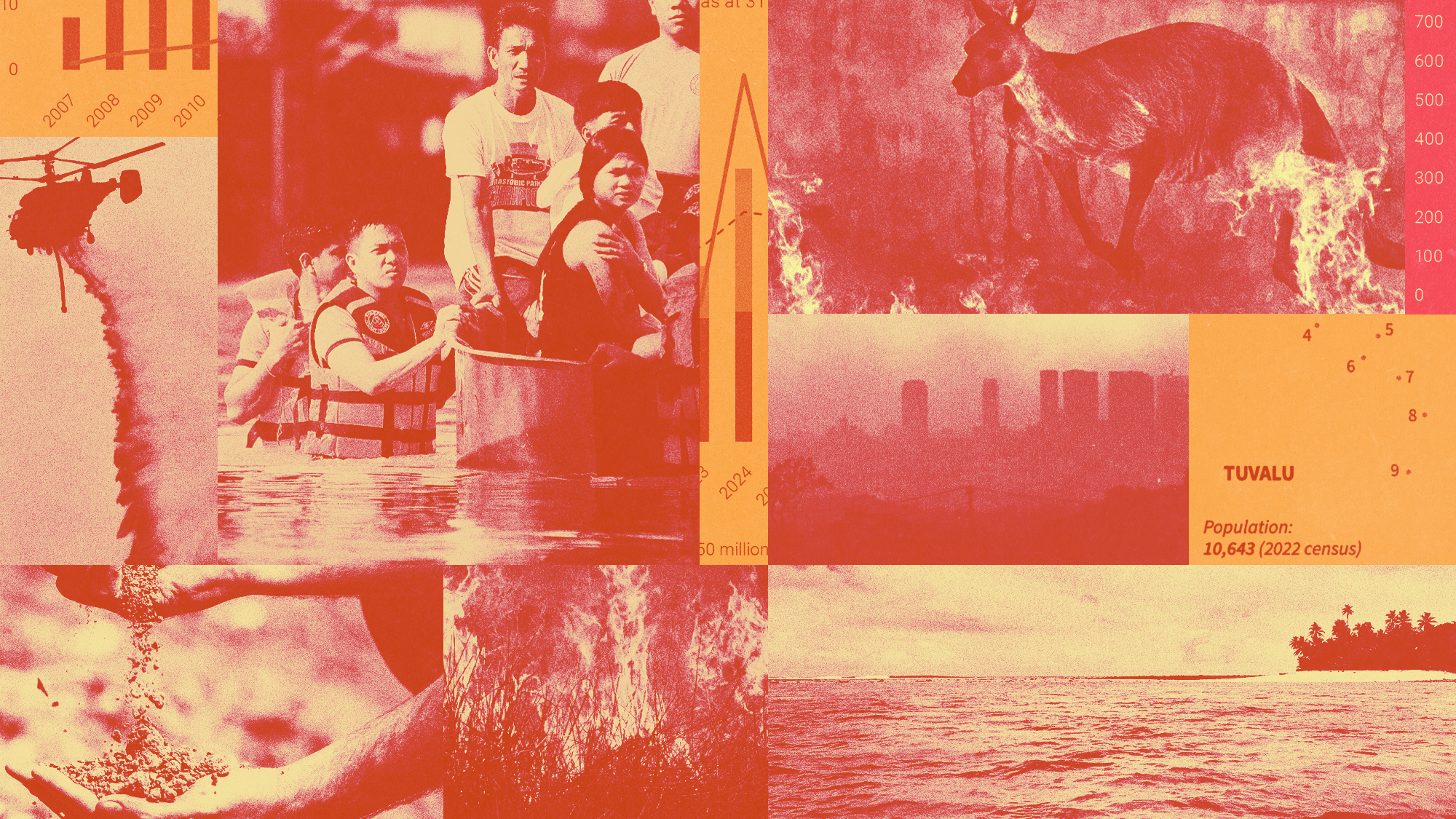 Can the world adapt to climate change?
Can the world adapt to climate change?Today's Big Question As the world gets hotter, COP30 leaders consider resilience efforts
-
 When does autumn begin?
When does autumn begin?The Explainer The UK is experiencing a 'false autumn', as climate change shifts seasonal weather patterns
-
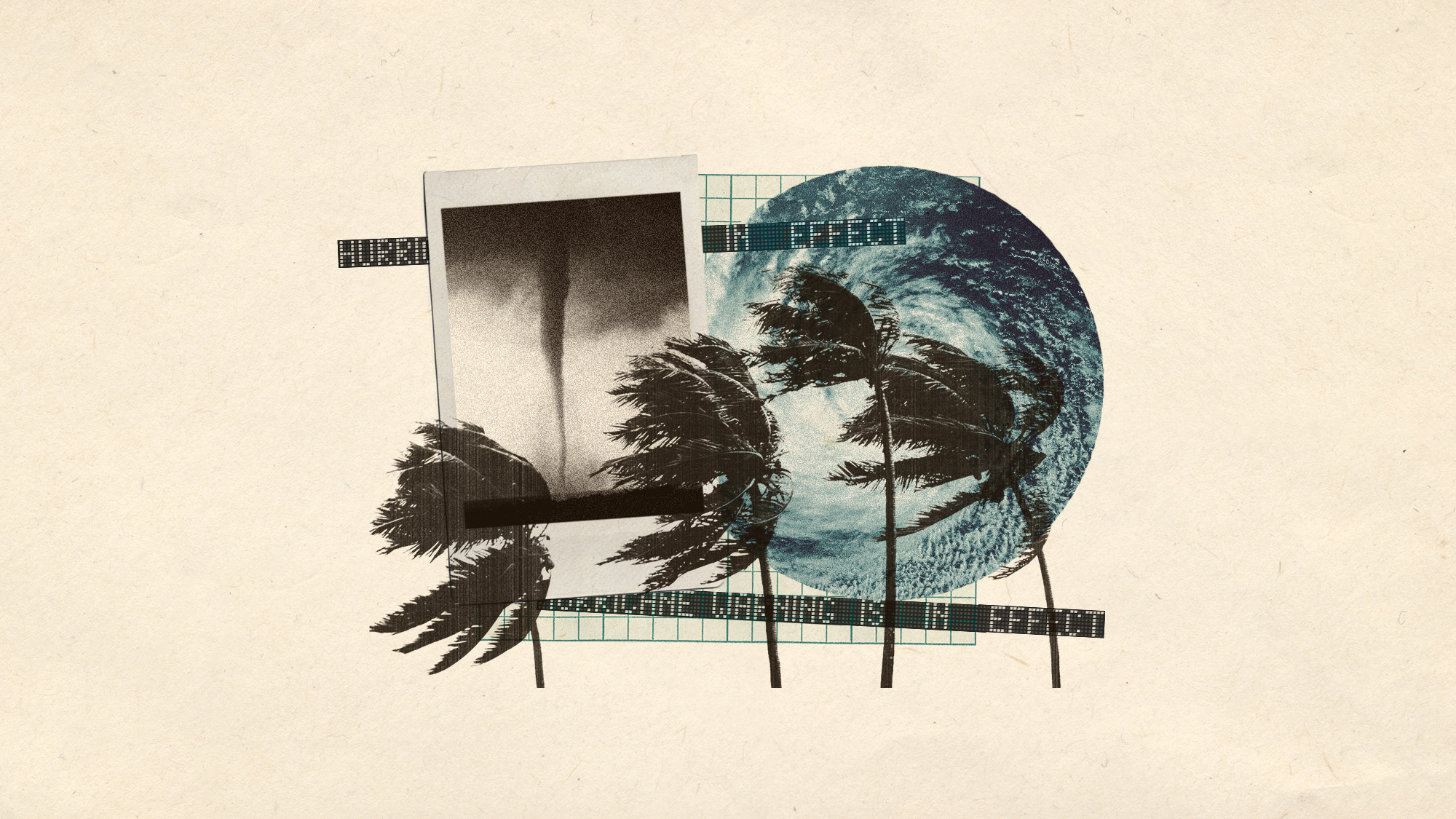 This Atlantic hurricane season is expected to be above average
This Atlantic hurricane season is expected to be above averageUnder the radar Prepare for strong storms in the coming months
-
 Why the weather keeps getting 'stuck'
Why the weather keeps getting 'stuck'In the Spotlight Record hot and dry spring caused by 'blocked' area of high pressure above the UK
-
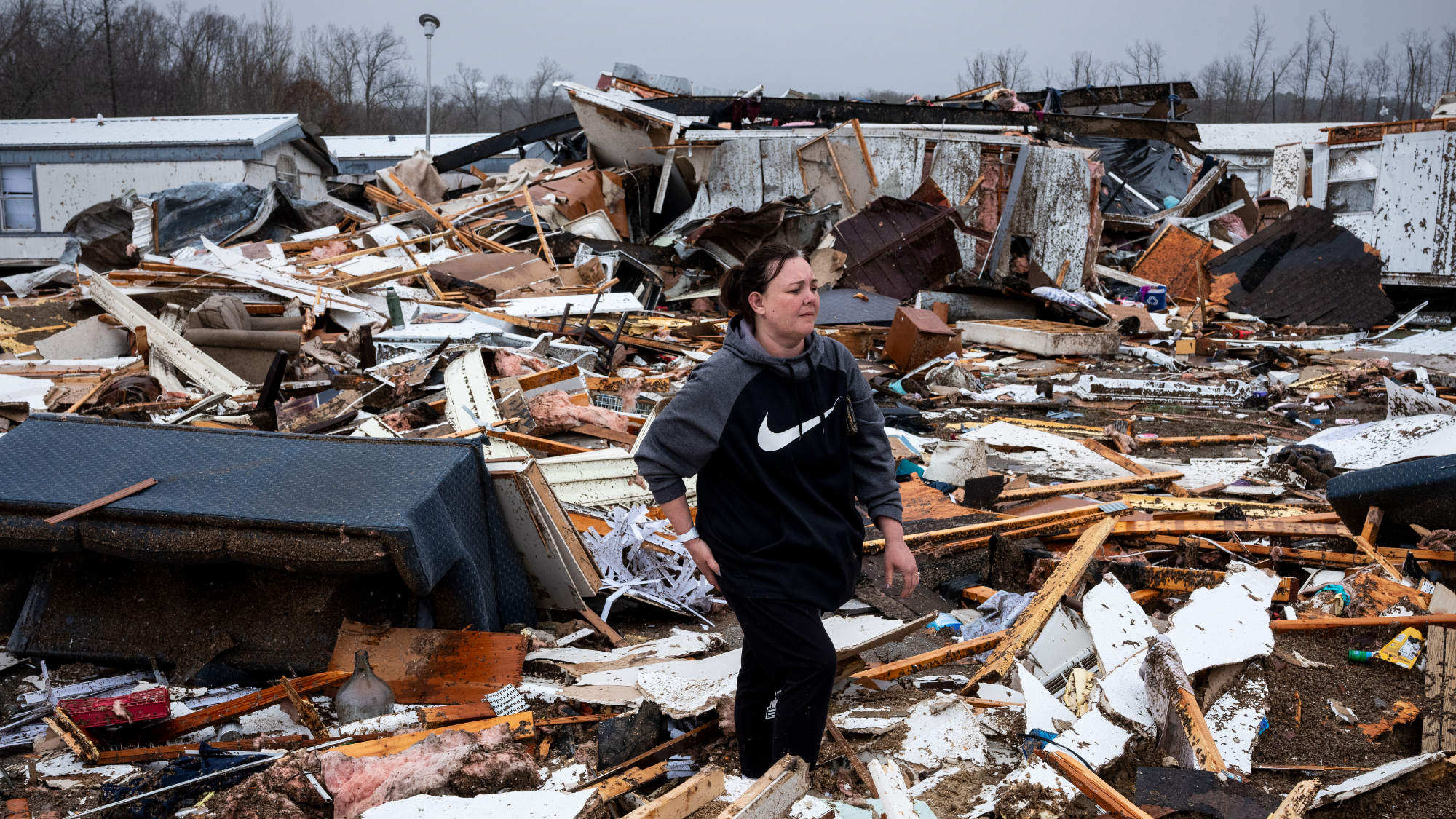 Severe storms kill dozens across central US
Severe storms kill dozens across central USSpeed Read At least 40 people were killed over the weekend by tornadoes, wildfires and dust storms
-
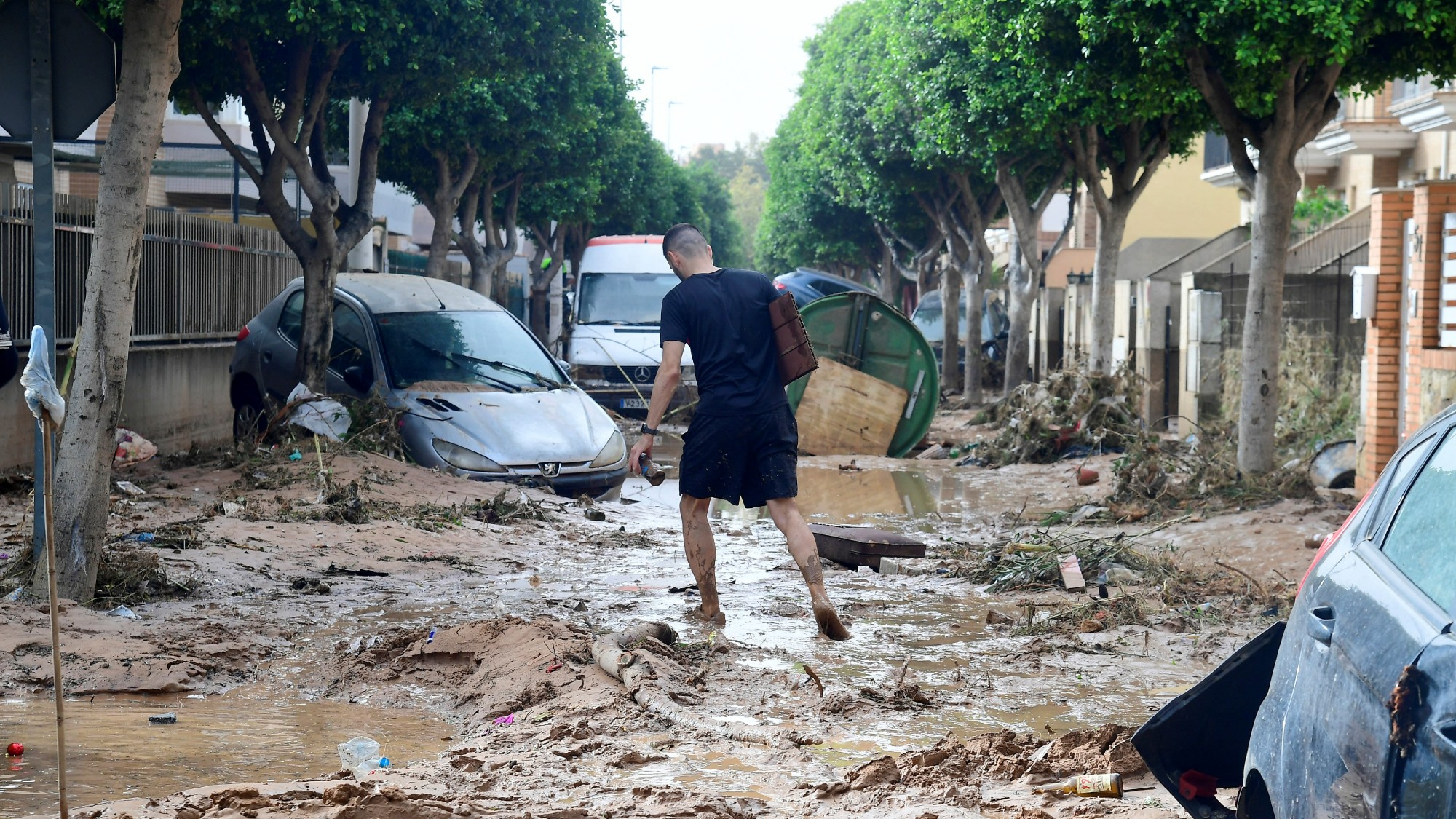 Earth's climate is in the era of 'global weirding'
Earth's climate is in the era of 'global weirding'The Explainer Weather is harder to predict and more extreme
-
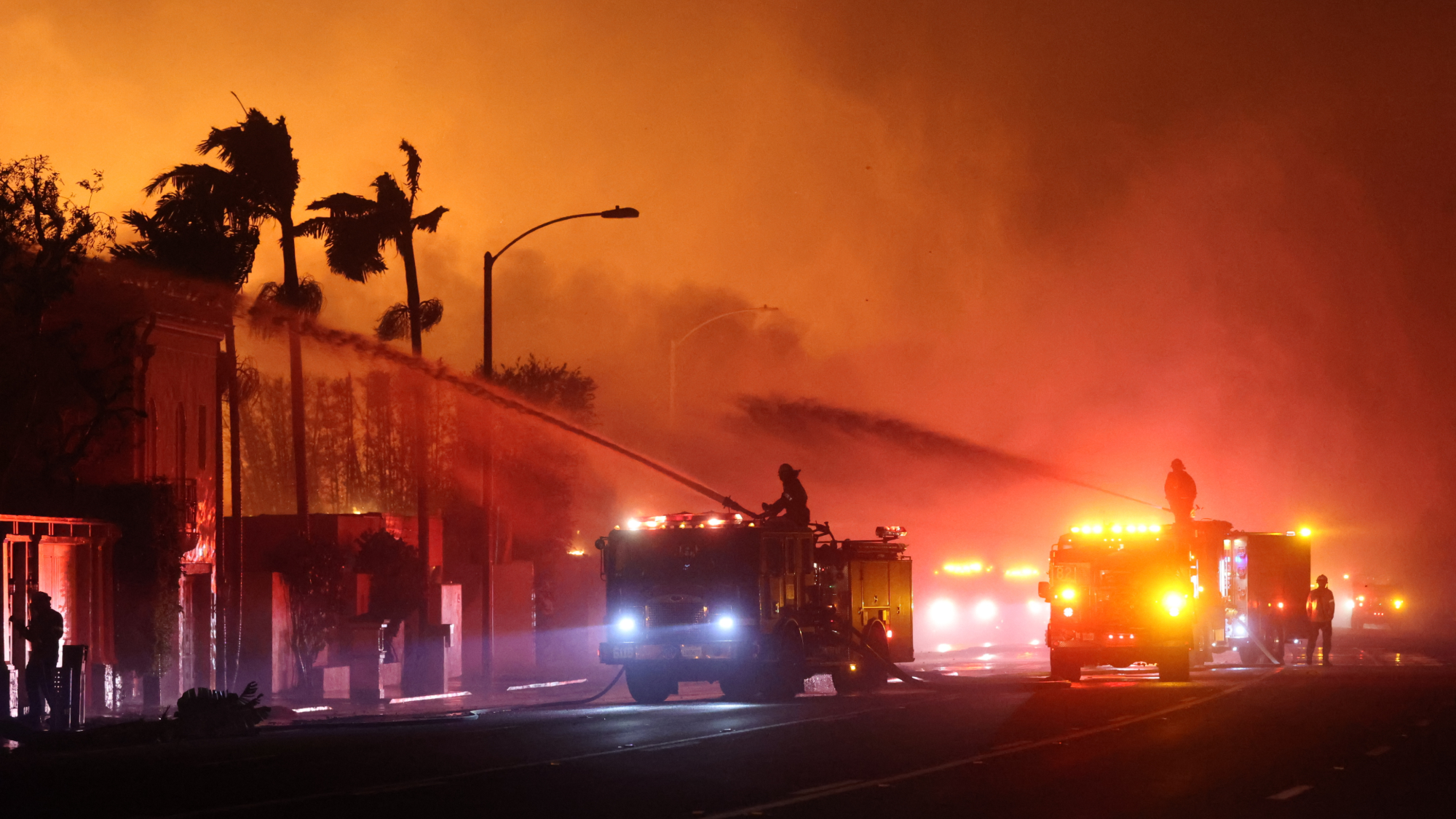 Biden cancels Italy trip as raging LA fires spread
Biden cancels Italy trip as raging LA fires spreadSpeed Read The majority of the fires remain 0% contained
-
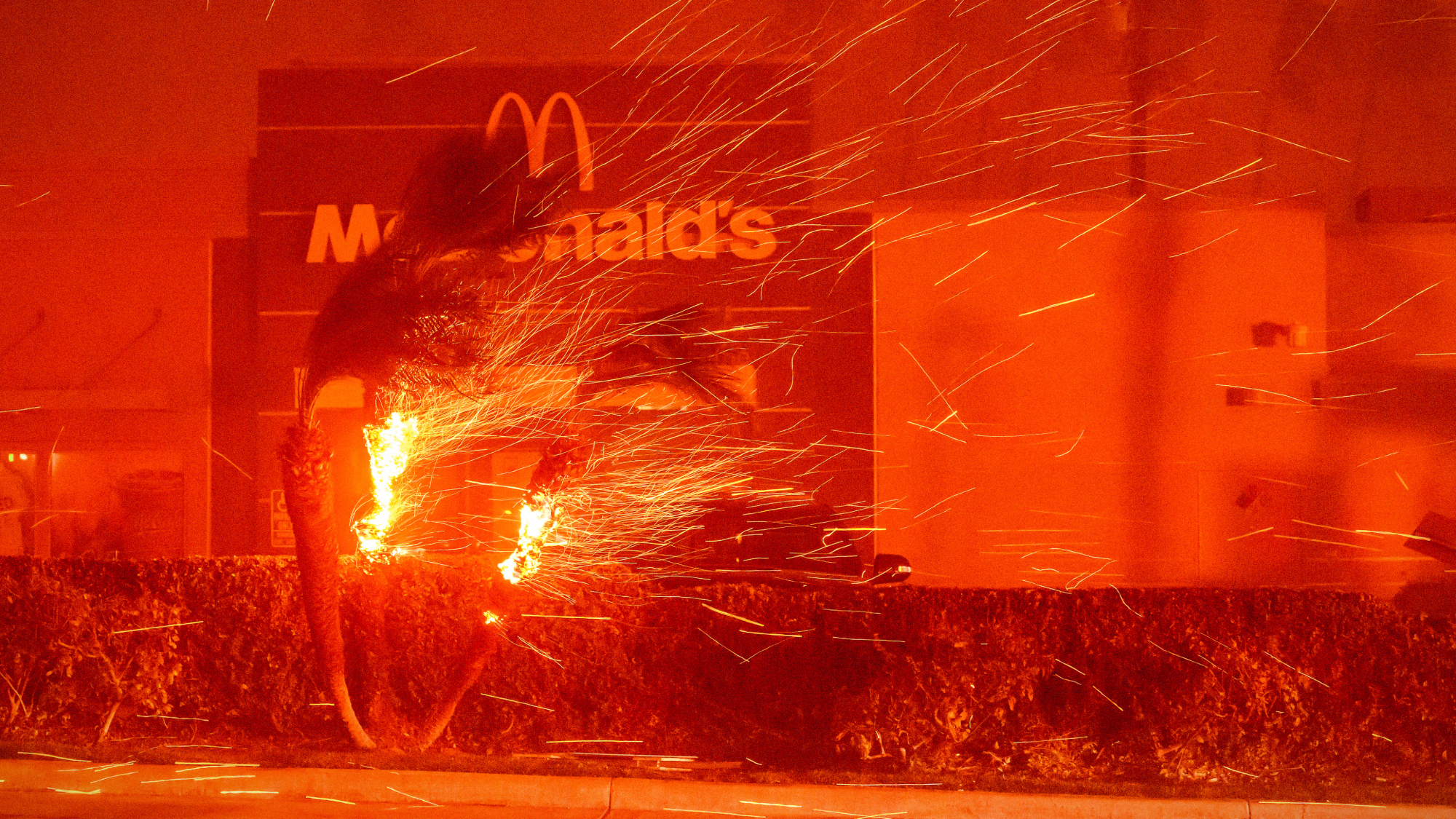 Fast-spreading Los Angeles wildfires spark panic
Fast-spreading Los Angeles wildfires spark panicSpeed Read About 30,000 people were under an evacuation order as the inferno spread